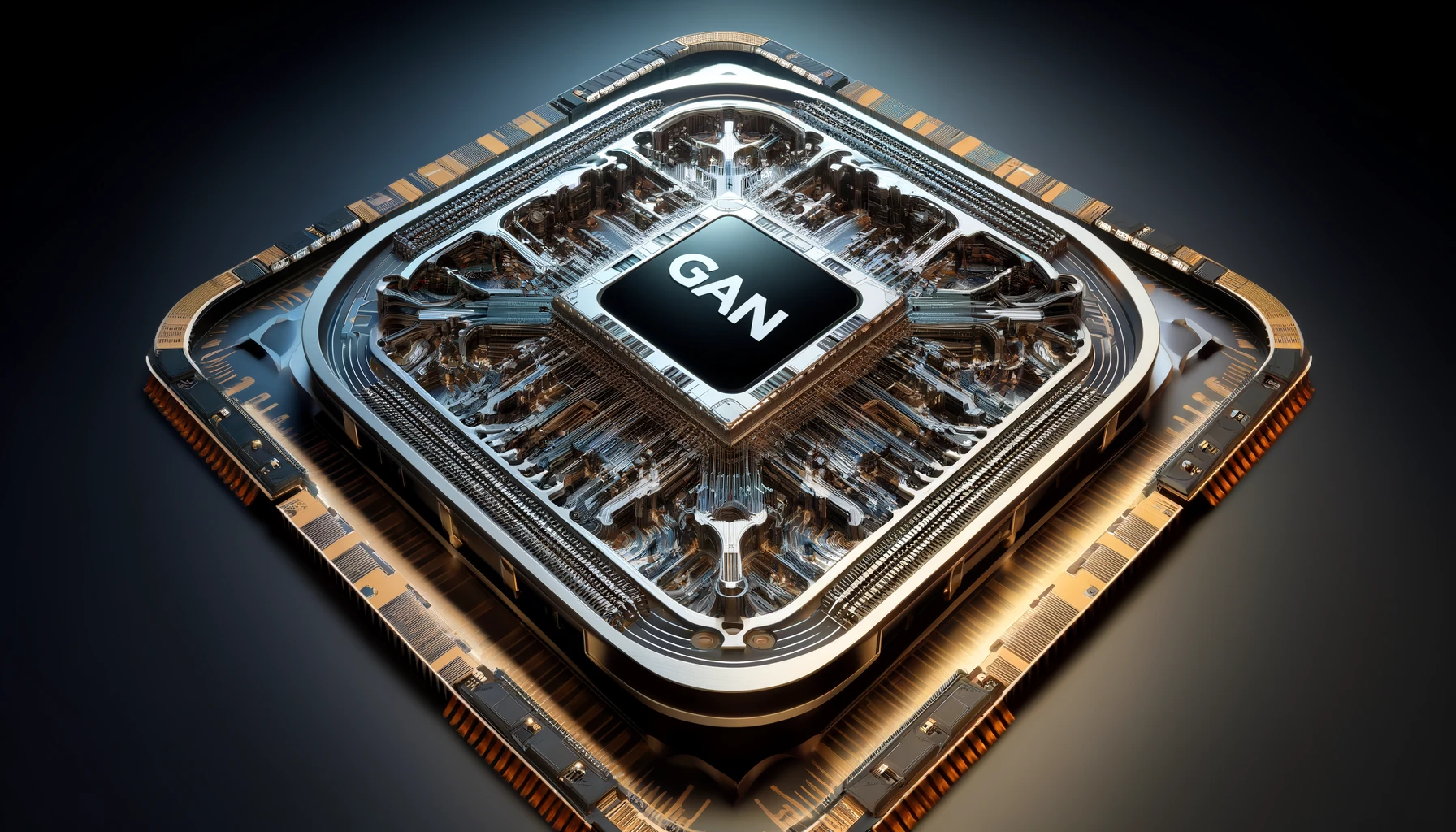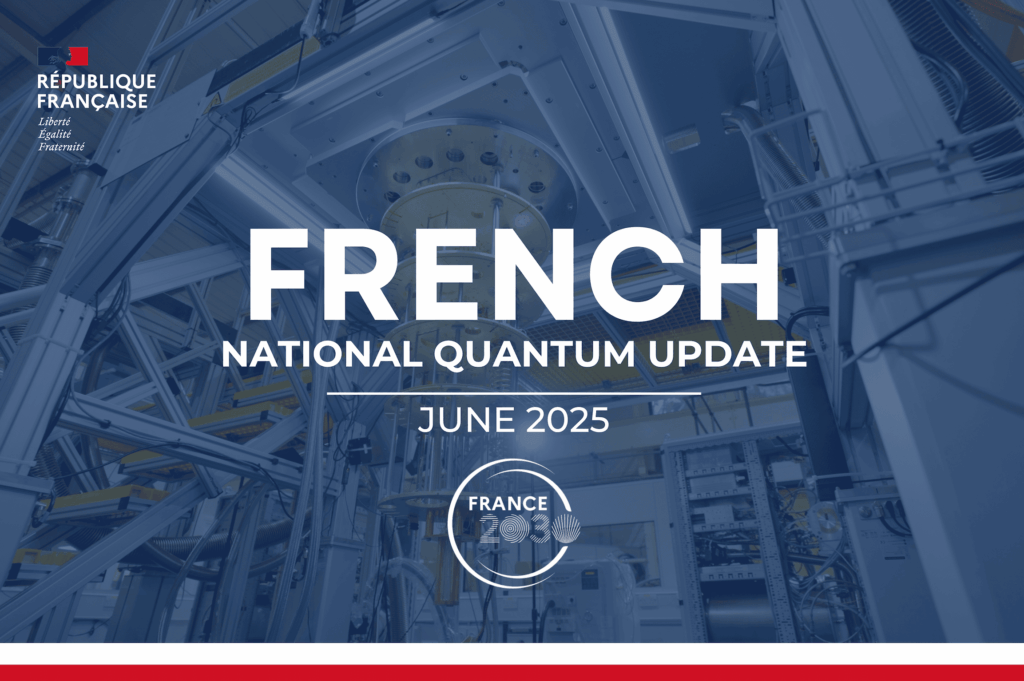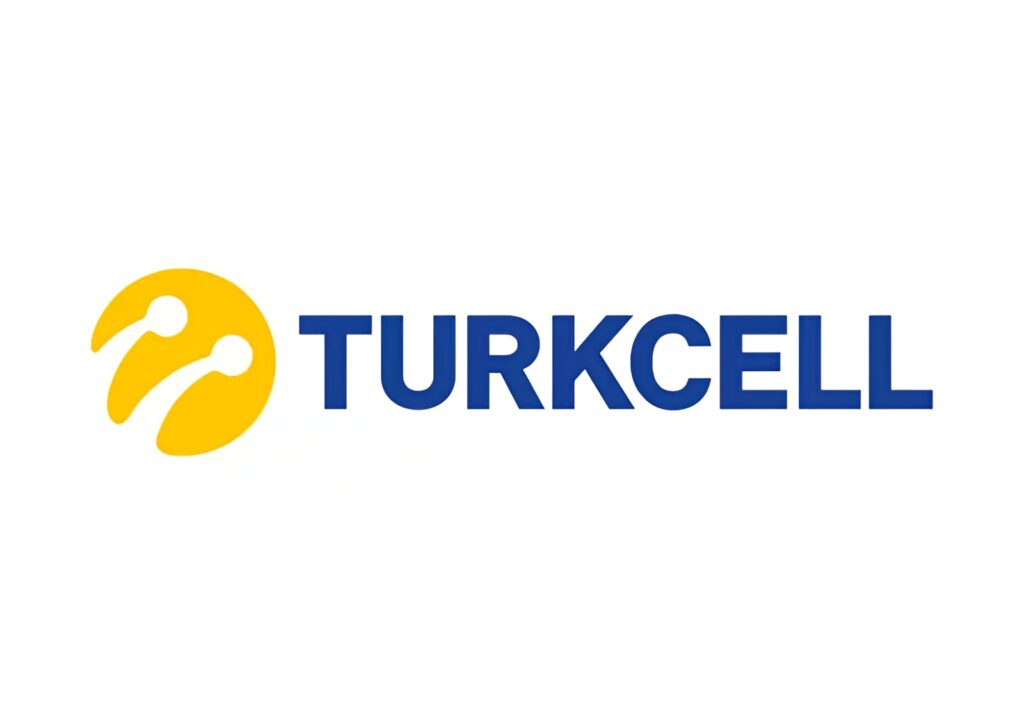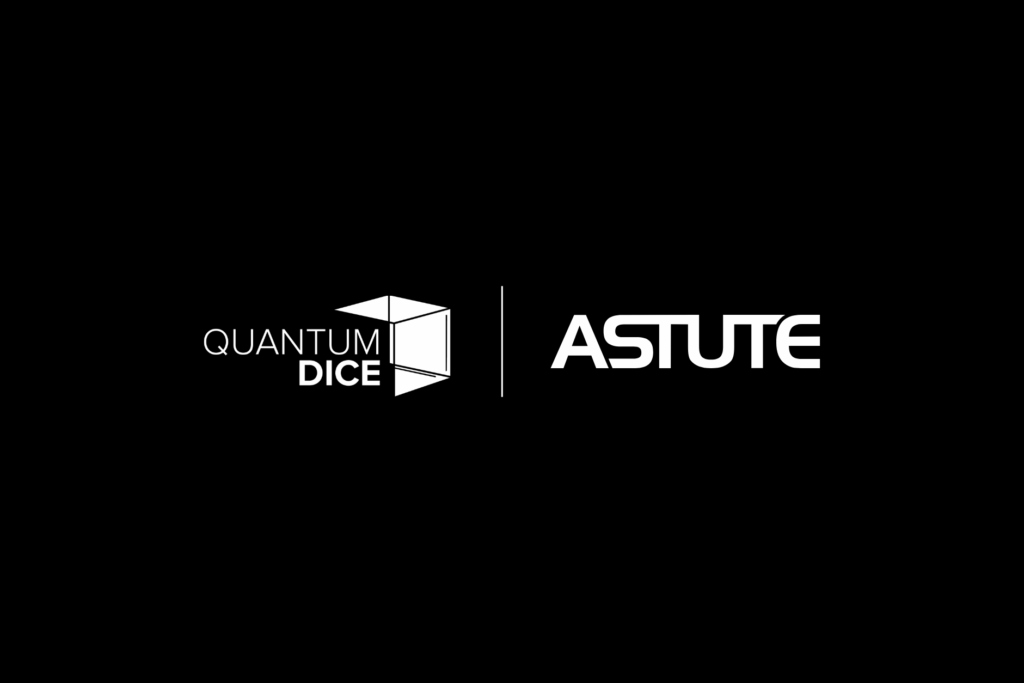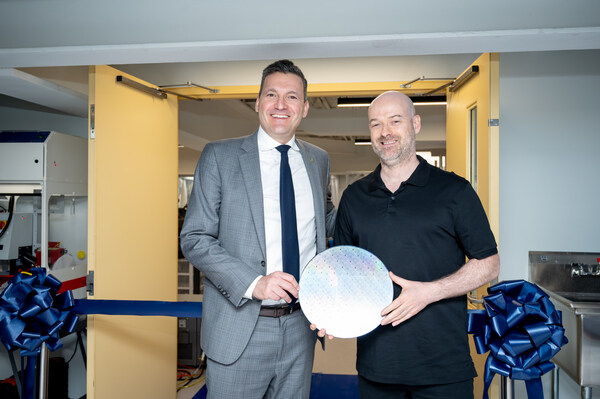Insider Brief
- Researchers in China have recently reported on the development of a quantum light source using a common semiconductor.
- The team used gallium nitride (GaN), a material traditionally employed in blue light-emitting diodes, to create what could be a critical component for quantum computation.
- Scientists suggest this development marks an important advance towards constructing a functional quantum chip.
Researchers in China have recently reported on the development of a quantum light source using a common semiconductor that they say marks an important advance towards constructing a functional quantum chip. According to the South China Morning Post, the team used gallium nitride (GaN), a material traditionally employed in blue light-emitting diodes, to create what could be a critical component for quantum computation.
The quantum light source developed by researchers from the University of Electronic Science and Technology of China (UESTC), Tsinghua University, and the Shanghai Institute of Microsystem and Information Technology can generate pairs of entangled light particles. These particles are foundational for transmitting information within quantum systems. The newspaper reports that the advance could lead to more efficient quantum chips that are easier to integrate into quantum devices. The scientists say the potential applications in quantum computing are vast.
As mention in the Physical Review Letters, the device offers a significantly broader wavelength range than existing quantum light sources, which typically rely on materials like silicon nitride and indium phosphide.

“We demonstrate that gallium nitride is a good quantum material platform for photonic quantum information, in which the generation of quantum light is crucial,” lead author Zhou Qiang said in Physics Magazine recently.
The GaN-based quantum light source’s capability extends beyond just improved wavelength range. It also introduces the possibility of developing other major components essential for quantum circuits. As reported by SCMP, Thomas Walther from the Technical University of Darmstadt told Physics Magazine that this development “is a major step forward” as it could significantly reduce the costs and physical size of these systems, making them more robust and compact.

Describing the technical process, the researchers first created a thin film of GaN on a sapphire layer. They then crafted a ring within the film, measuring 120 micrometers across, which could trap light particles from laser beams. This setup allowed for the production of entangled light particles through a process known as spontaneous four-wave mixing.
Spontaneous four-wave mixing occurs in nonlinear optical materials, where two photons interact within a medium to generate two new photons. This process is a type of parametric process, meaning that the original photons are not absorbed or lost but instead facilitate the generation of new photon pairs. It’s an important process for generating entangled photon pairs, which are, obviously, essential for a range of quantum technologies including quantum computing, quantum cryptography and quantum networking
Zhou pointed out the comparability of their device with other quantum light sources in terms of entanglement quality, emphasizing its potential during a discussion with Science and Technology Daily, as reported by SCMP.
He said, “By providing more wavelength resources, we will be able to meet the needs of more users hoping to access a quantum network via different wavelengths.”
A GaN-based quantum light source could improve quantum tech capabilities, as well as open up the possibility for a more accessible and integrated approach to quantum computing.
The researchers told the newspaper that they remain optimistic about the future of GaN in the fabrication of all-on-chip quantum photonic integrated circuits.

